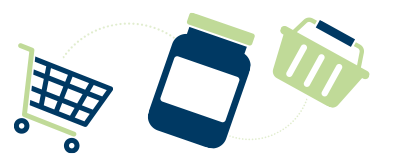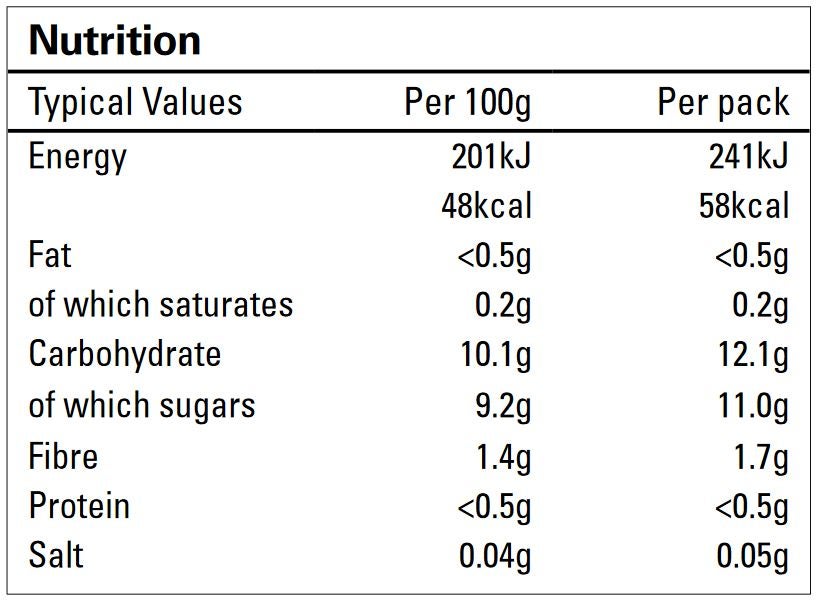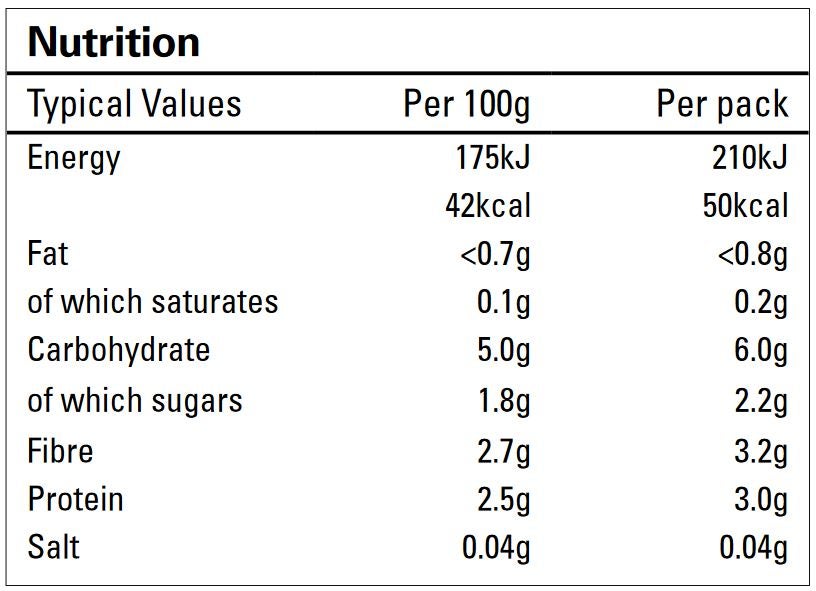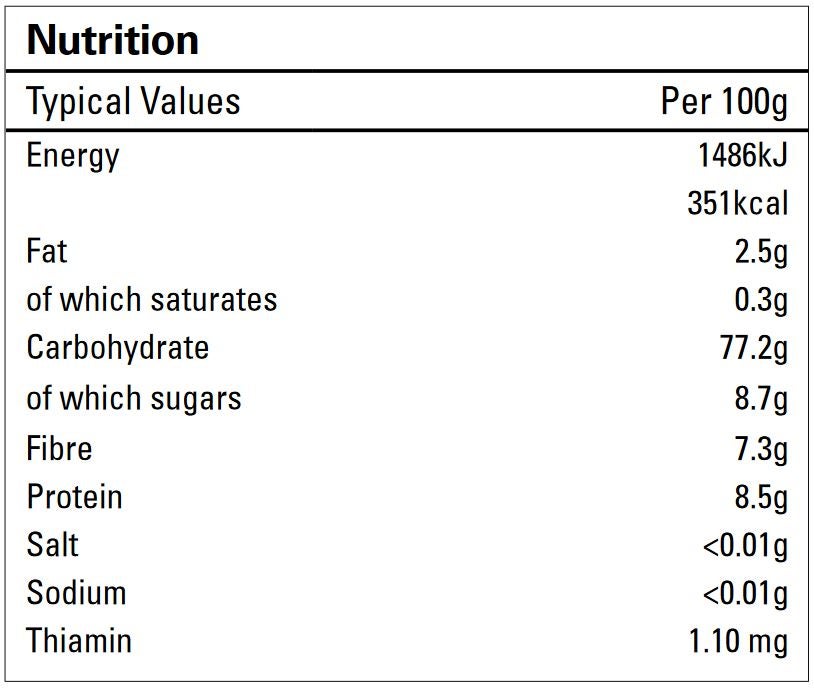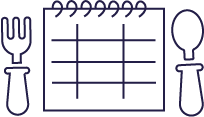Ready-To-Feed Baby Foods
Can commercial weaning foods be helpful?
Ready-to-feed baby foods can be a convenient way to feed your child, especially when you are on the go or if time is short.
When you buy baby food off the shelf you will need to read the label to check it’s permitted in the diet or to calculate how much of that food counts as an exchange.
Some ready-to-feed baby foods are allowed without counting them in the diet. Even if the label says the food contains protein, if you know all the ingredients on the label are exchange-free fruit and vegetables, then it can be eaten without contributing towards daily exchanges.
Carrots, apples and parsnips (120g pouch)
Carrots, peas and kale (120g pouch)
Banana multigrain baby rice
